Cataract
WHAT IS CATARACT?

Cataract is a clouding of the eye's lens. When we look at something, light rays travel into our eye through the pupil and are focused through the lens onto the retina, a layer of light-sensitive cells at the back of the eye. The lens must be clear in order to focus light properly onto the retina. If the lens has become cloudy, this is called a cataract.
Normal Eye
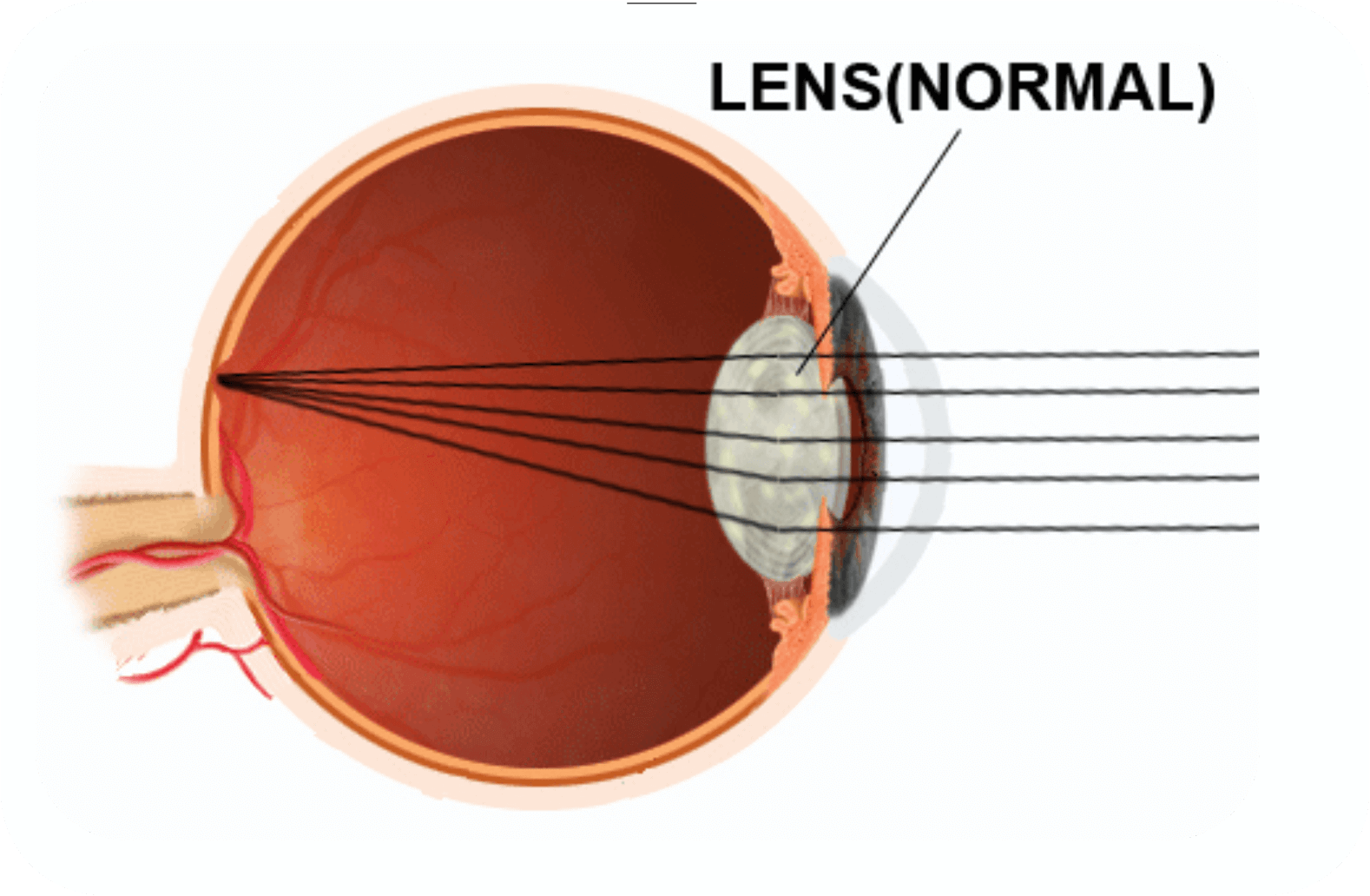

When the lens of the normal eye is clear without any cataract the eye seen a clear image of the object.
Cataract Eye
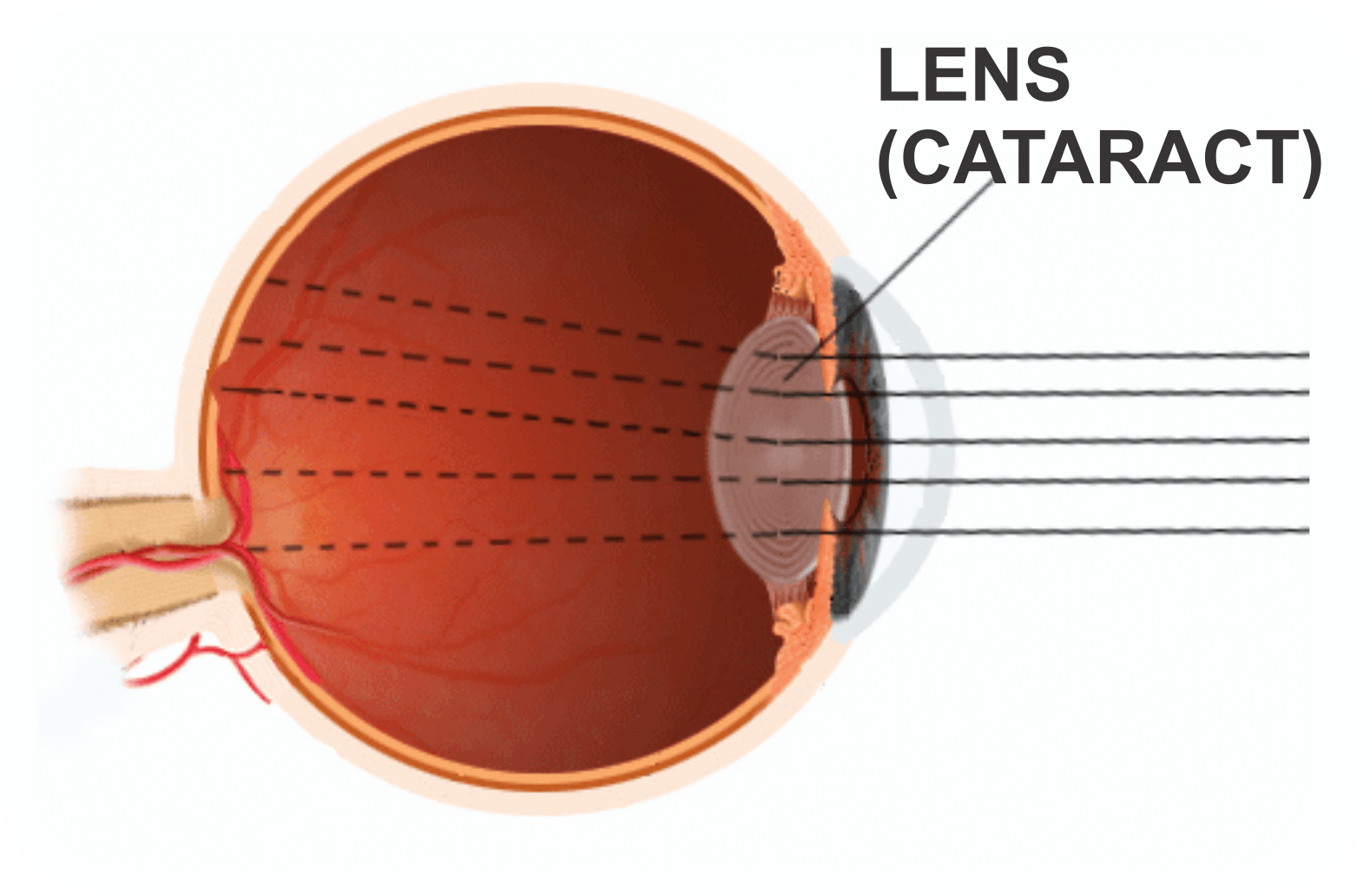

When the lens of the normal eye is clear without any cataract the eye seen a clear image of the object.
Vision problems with cataracts
If your vision has become blurry, cloudy or dim, or things you see are not as bright or colorful as they used to be, a cataract may have developed in one or both of your eyes. Many people say that their vision with cataracts is similar to the effect of looking through a dirty car windshield.
As a cataract slowly begins to develop, you may not notice any changes in your vision at first. But as the cataract progresses, you may begin to find that it interferes with your daily activities. Performing a complete eye exam, your ophthalmologist (Eye M.D.) can tell you whether cataract or another problem is the cause of your vision loss.
While cataracts are one of the most common causes of vision loss, especially as we age, they are treatable with cataract surgery. Since most cataracts are part of the normal aging process, they cannot be reversed. There are no medications or eye drops that will make cataracts go away - surgery is the only treatment.
A cataract may not need to be removed right away if your lifestyle isn't significantly affected. In some cases, simply changing your eyeglass prescription may help to improve your vision. Contrary to popular belief, a cataract does not have to be "ripe" to be removed. However, once you are diagnosed with a cataract, your ophthalmologist needs to monitor your vision regularly for any changes.
Cataract surgery for clearer vision
When a cataract causes bothersome vision problems that interfere with your daily activities, your ophthalmologist may recommend surgery to remove the cataract. With cataract surgery, your eye's cloudy natural lens is removed and replaced with a clear artificial lens implant (called an intraocular lens or IOL).
Types of cataract operation
1) SICS
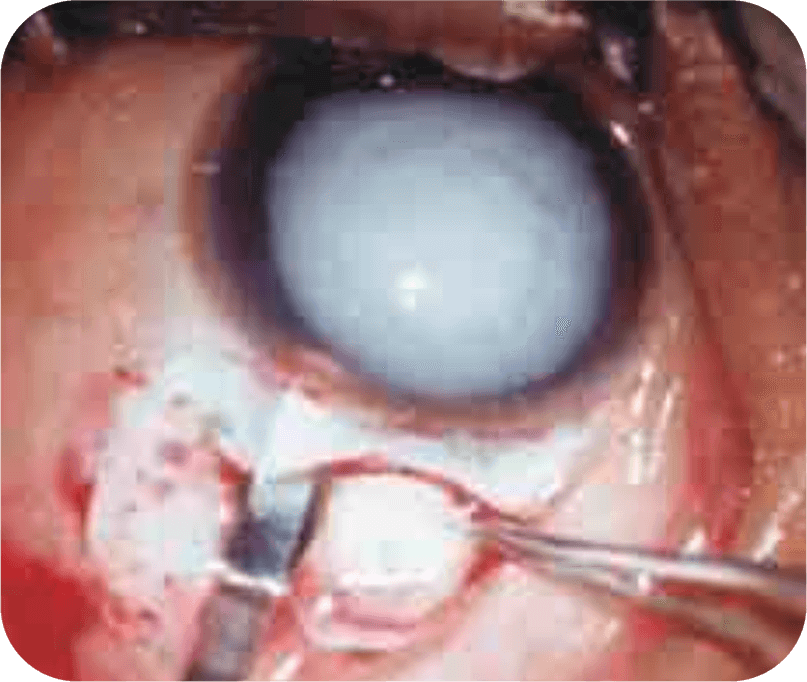
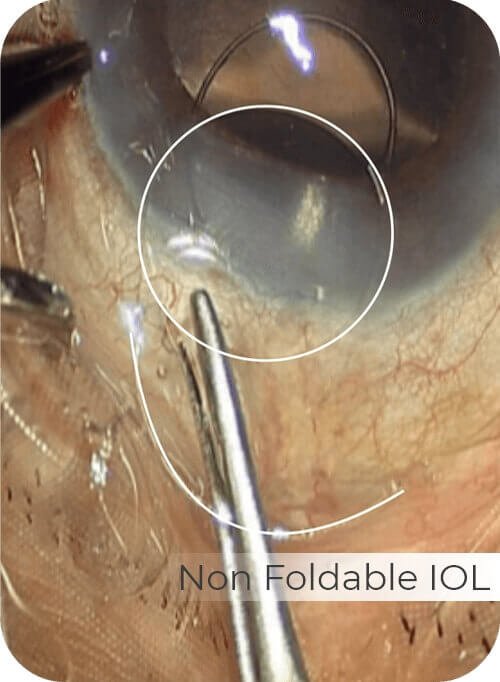
In this method the cataract is removed manually through a long cut,without the use of phaco machine. when there is hard cataract or brown cataract which can not be emulsified by phaco machine, so it can be removed by this technique & if needed stitches are taken. This method is usually done in very poor patients, who can not afford charges of Phaco and foldable lenses.
2) Phacoemulsification
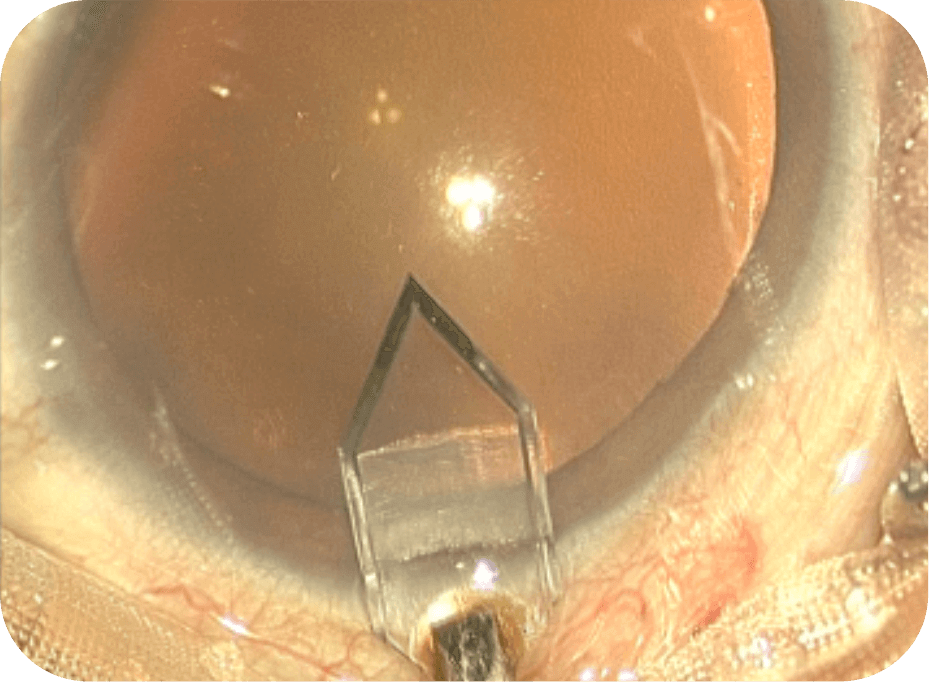


This is a new technique of cataract operation where the size of the cut is very small(2.2 to 2.8 mm), through which the cataract is removed using special instrument and ultrasound energy.
Foldable lens is placed in the eye through the small cut. Healing is faster as no stitches are required.
There is less chances of infection by this technique as the incision is very small.
cataract surgery by Phacoemulsification technique is done by just putting eye drops on eyes. There is no need of injection.
There is no need of full day bandage after surgery. Patient has to wear dark glasses only to protect eyes.
After operation, discharge will be given within 2 hours. No need for full day hospitalization.
It is more useful for patients with Diabetes, Asthma, Hypertension. etc.
Types of IOL
1) Monofocal IOL
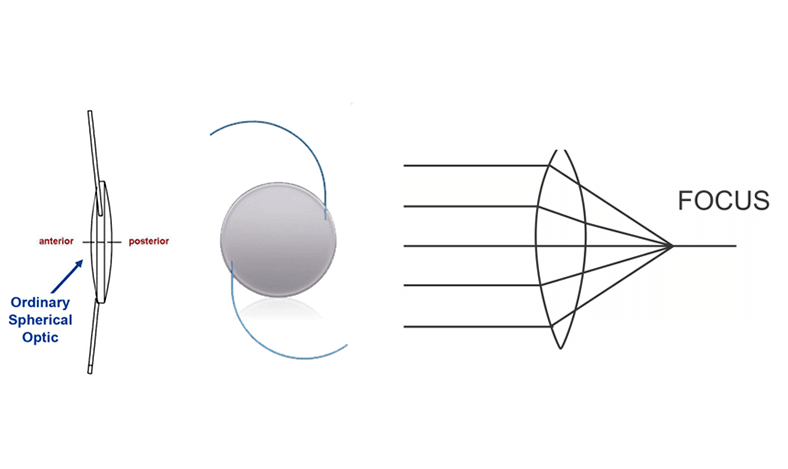



A routine (monofocal) artificial intra ocular lens is typically optimized to give good distant vision. But near and intermediate (computer) vision may be compromised and patient may require glasses for reading or doing computer work.
There is need of minor number glasses to see distant object very sharp & clear.
Two Types of Monofocal IOL
A) Acrylic(Low Contrast) Foldable IOL
This IOL is made up of hydrophobic Acrylic material which is US FDA and CE approved. This material is very well accepted by the eye. Because of spherial optic, it has 13% less contrast than the premium aspheric IOL.
B) Acrylic(High Contrast) Foldable Premium IOL
It is an advanced high contrast IOL. It is an aspheric IOL made up of high quality Hydrophobic Acrylic material which is US FDA approved. Because of the Asphericity it gives 13% extra contrast to the vision. It has very low colour aberration and high contrast sensitivity,so the brightness of colours and contrast quality of the image is very sharp. Due to its square edge, changes of PCO are also less.
Comparison of Contrast Sensitivity between High & Low Contrast Lenses
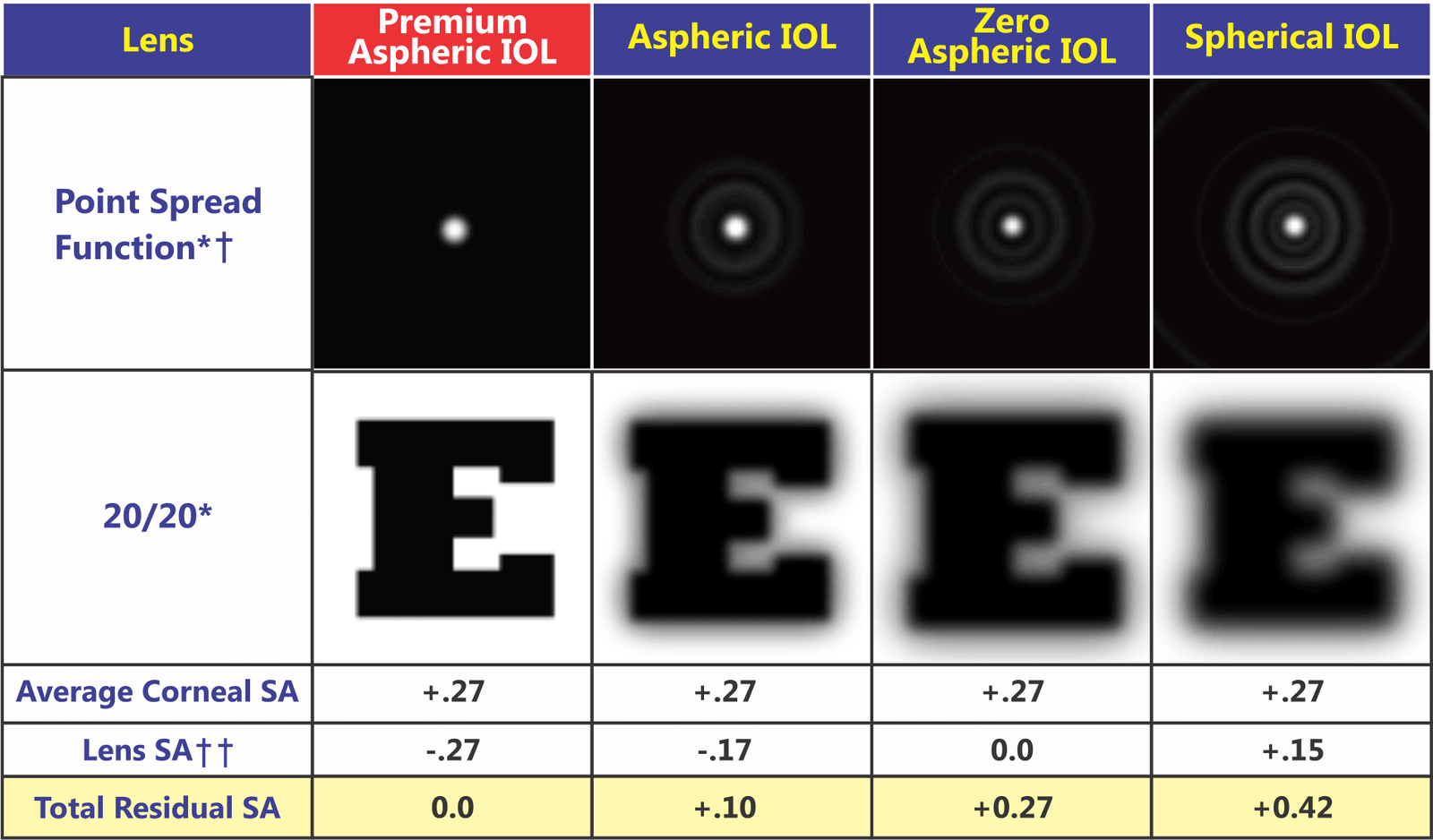
Pupil Sizes 3 mm (day time)

Pupil Sizes 5 mm (night time)

2) Toric IOL (Foldable IOL with Cylindrical power Optic)

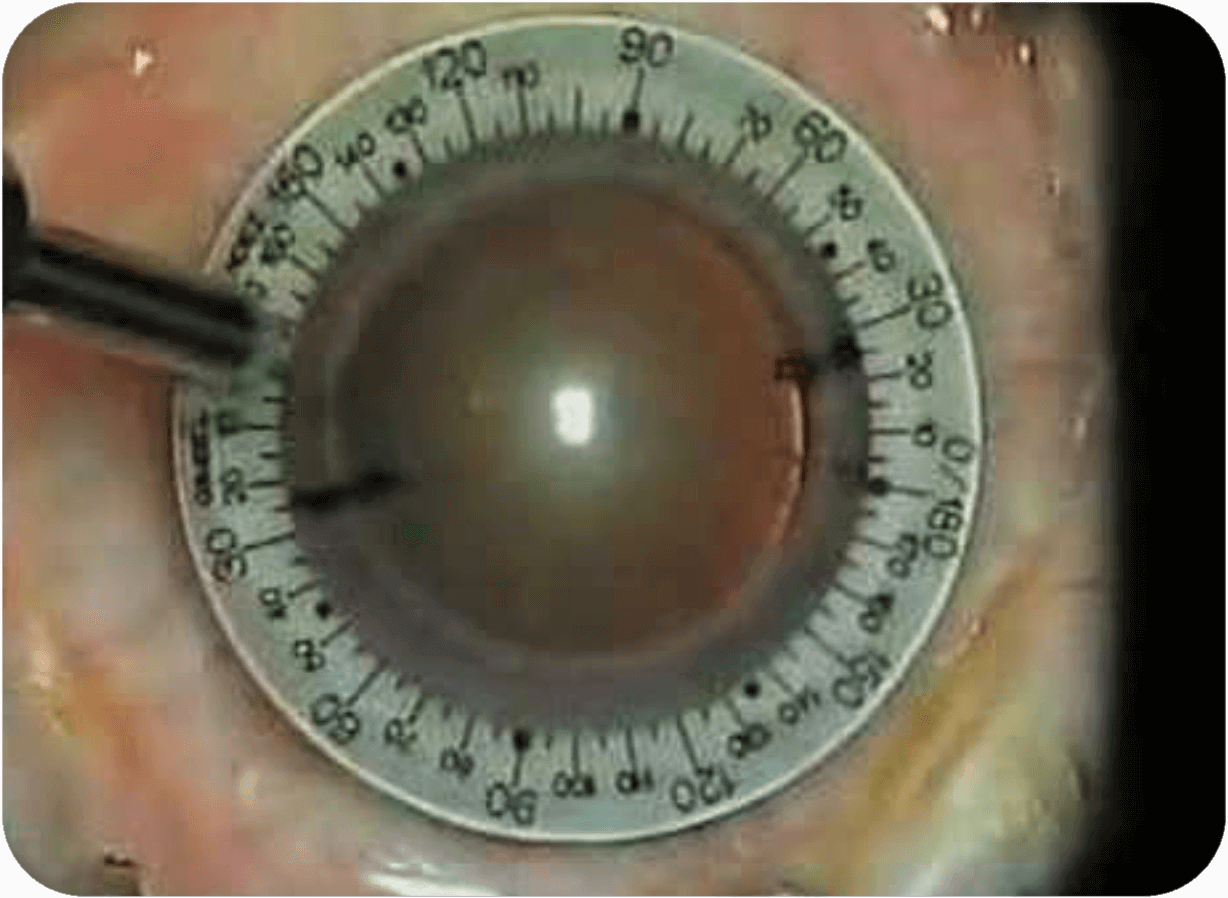
Some of the patients may have high cylindrical power in their glasses, which may not be corrected by a routine monofocal or multifocal IOL implantation after cataract surgery. For such patients TORIC IOLs are available. This can neutralize the cylindrical power and so patient will require minimum or no glasses for the distance after surgery (Like any other monofocal IOL, patients may need glasses for reading). The power of such lens has to be estimated by a special technique and IOL has to be placed in the eye in a specific axis or direction. Toric Multifocal Lenses are also available, after implanting which,85% of work for distance and near can be done without glasses.
3) Multifocal & Toric Multifocal IOL
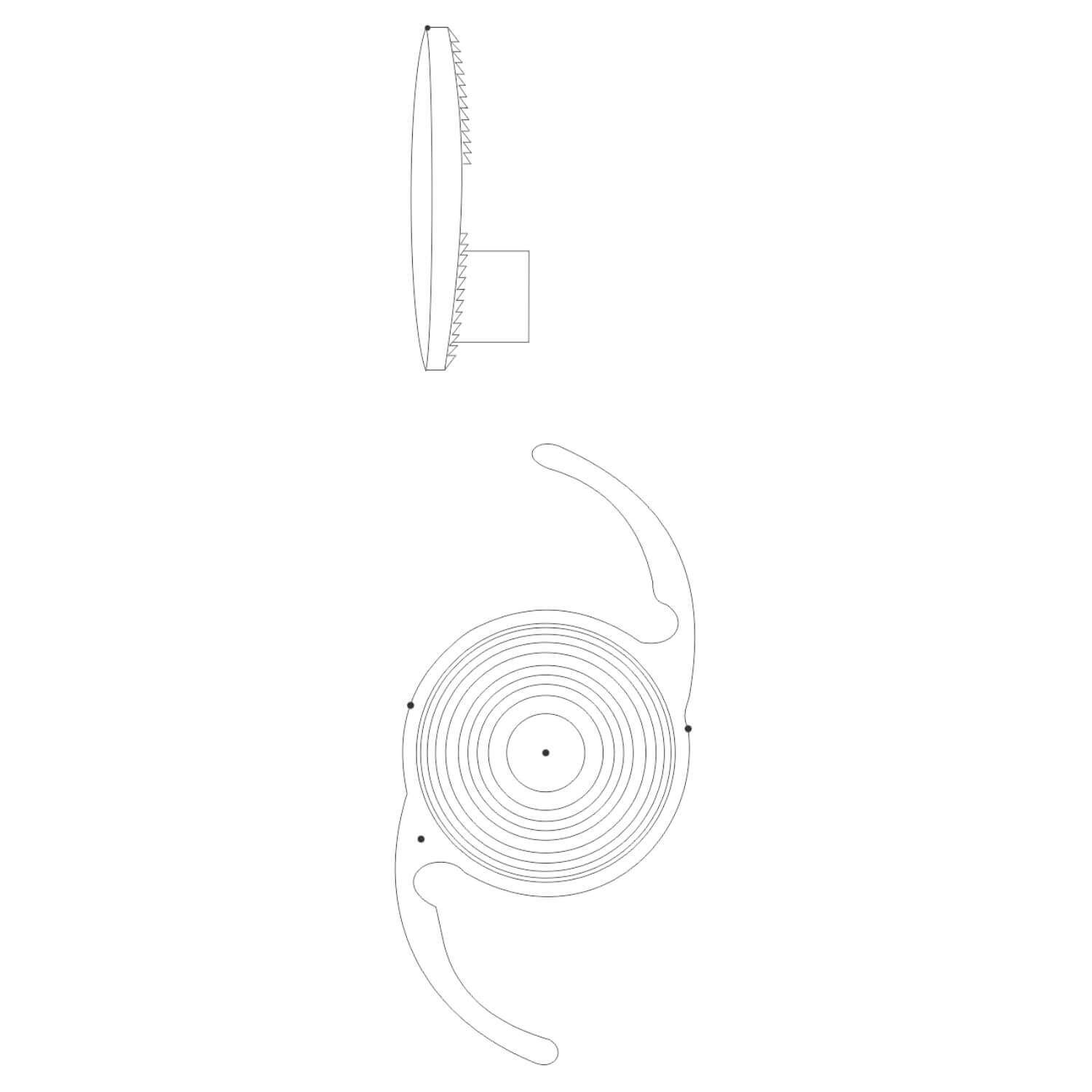
In Multifocal IOL there are two focal points one for distance and other for near to see objects clearly at both distances. Usually when multifocal IOL is implanted in the eye, no glasses are required for distance & near work. Toric multifocal lens are also available. Multifocal lens splits the available light for distance and rear, which compromises visual quality (loss of contrast). Many patients may complain of night glare also.
4) Symfony lens

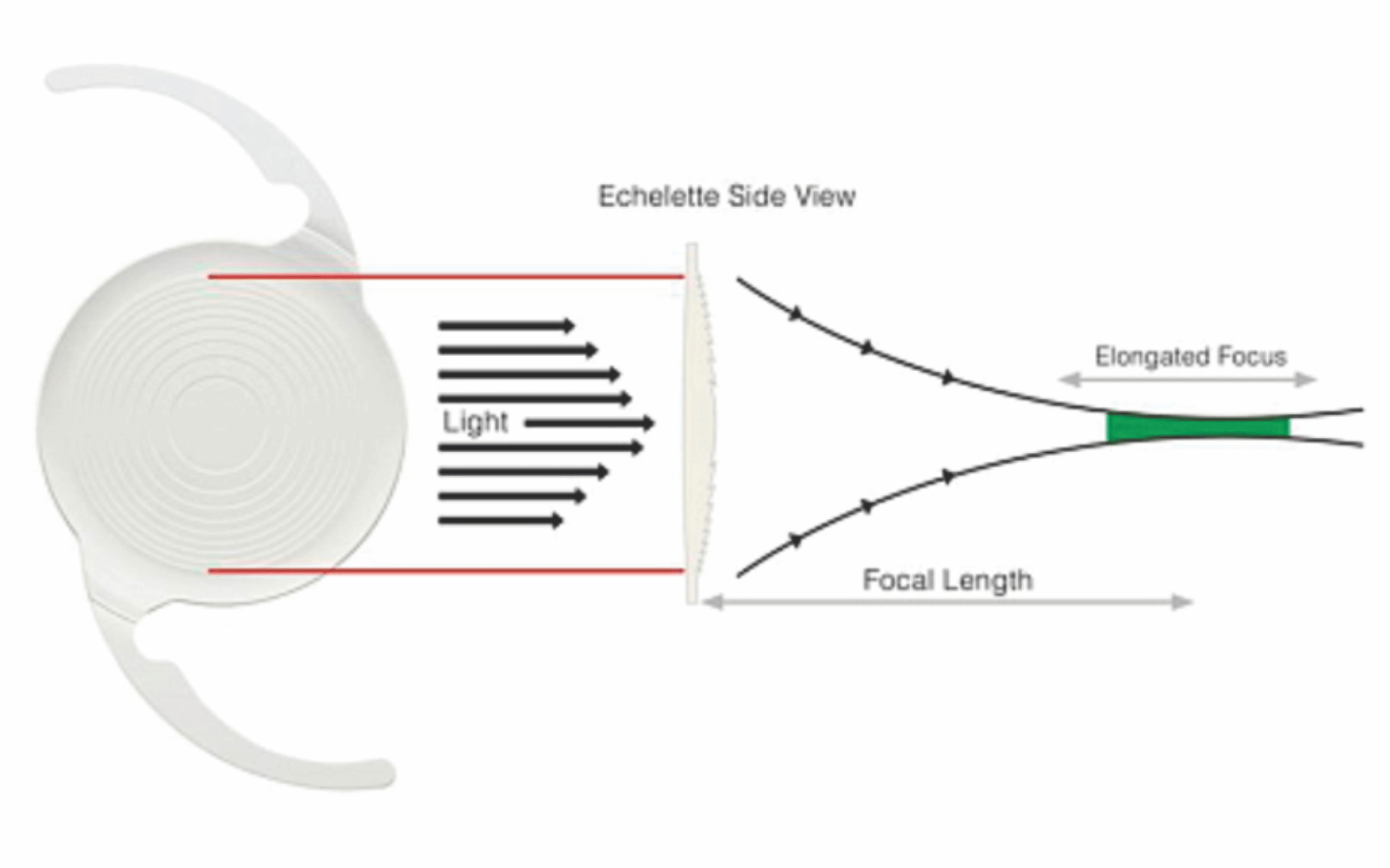
Accommodation is the property of the natural lens of the eye,which helps a person to focus for an object placed at near, intermediate or far distance. Symfony lens is a very recently developed lens with special design, which can focus an object at variable distance. in contrast to multifocal lens which splits the light for distance and near, Symfony lens uses almost all available light rays for focusing on distance, intermediate(e.g. Computer use) or near object, resulting in crystal clear image of the object. A person can do 85% to 90% of day to day work without glasses.
What is posterior capsular opacification(PCO)?

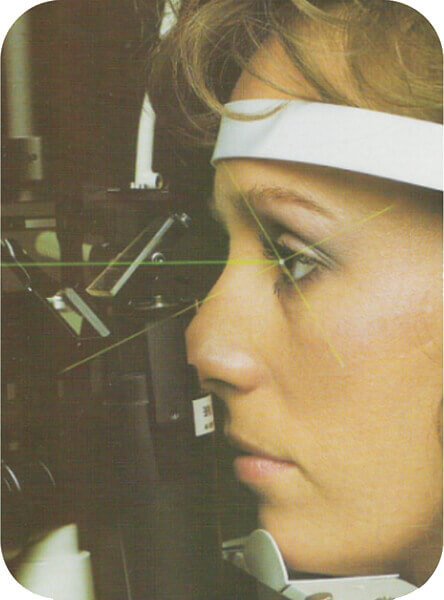
Even after a very successful IOL implantation 20 out of 100 patients may show thickening of the bag (Posterior Capsule) in which IOL was placed. Therefore, patient complains of diminished vision in the operated eye within few years as if the cataract has redeveloped. Special laser treatment is used to remove the thickened capsule without any anaesthesia or surgery. The procedure takes only 5 minutes.
Fore more information
Download Brochure




